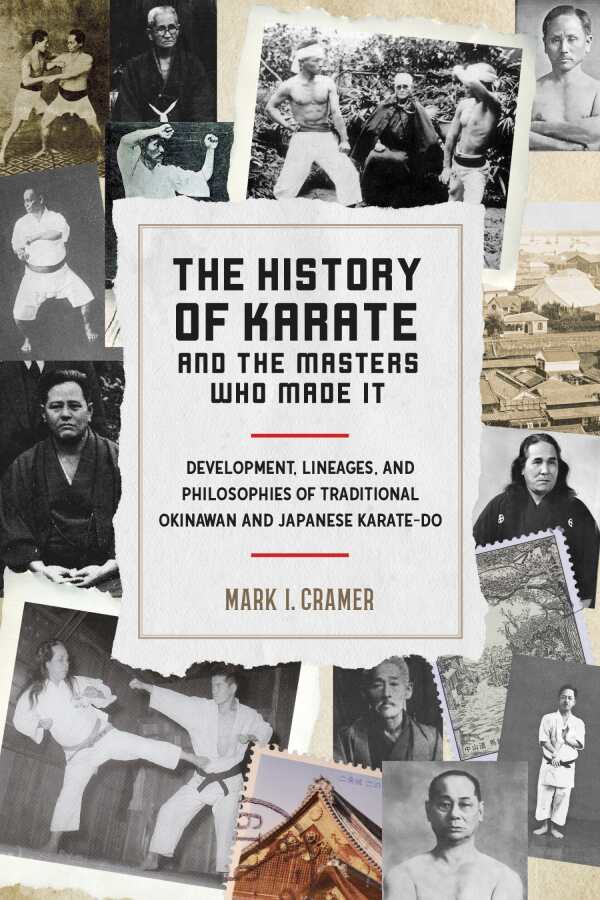The History of Karate and the Masters Who Made It
Development, Lineages, and Philosophies of Traditional Okinawan and Japanese Karatedo
Due to their isolated position in the East China Sea, the islands of Okinawa developed with strong influences from both China and Japan. But in the years following Japan’s 1609 invasion and a subsequent ban on weapons, Okinawans turned to the “empty hand” fighting/self-defense techniques long practiced in China, which gradually developed into the distinct form of weaponless combat known as karate. After Japan’s defeat in World War II and the country’s move towards pacifism, karate masters drastically toned down the martial/deadliness aspect and began to teach karate as a competitive sport, as done in the West.
In The History of Karate and the Masters Who Made It, Mark Cramer details all manner of karate history and tradition, sources the different lineages of modern styles and shows how they were influenced by cultural and political events, offers biographies of several of the great karate masters, and generally delivers a highly readable treatise on one of Japan’s most important gifts to the world.
e
Reviewed by
Matt Sutherland
Disclosure: This article is not an endorsement, but a review. The publisher of this book provided free copies of the book to have their book reviewed by a professional reviewer. No fee was paid by the publisher for this review. Foreword Reviews only recommends books that we love. Foreword Magazine, Inc. is disclosing this in accordance with the Federal Trade Commission’s 16 CFR, Part 255.

